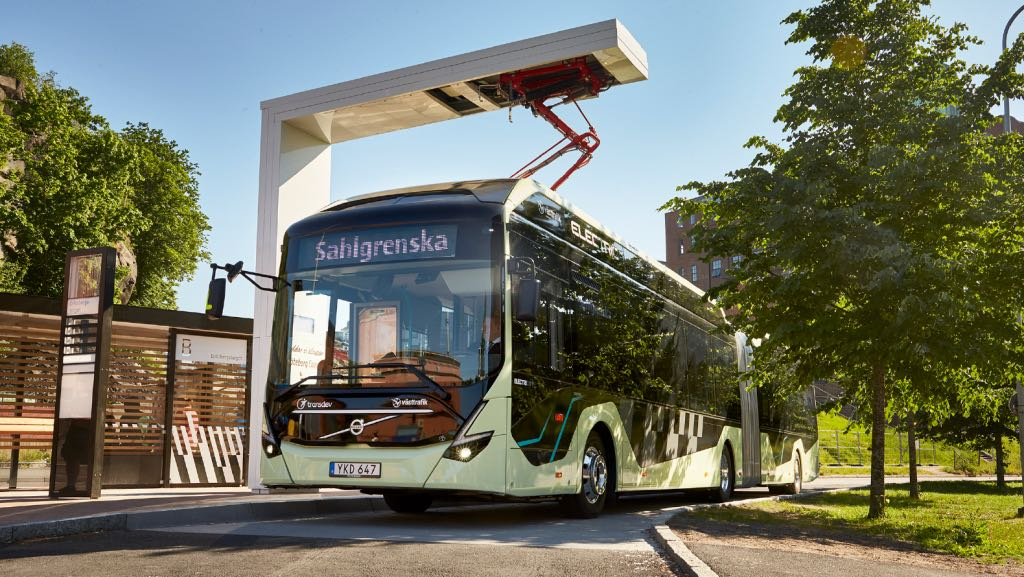In 2024, electric buses are not just a futuristic concept—they’re a pivotal part of the present, transforming urban transportation landscapes across the globe. With cities like Los Angeles committing to an all-electric bus fleet by 2030, the momentum is undeniable. This revolution in public transport is being driven by advancements in battery technology, environmental policies, and a growing societal demand for sustainable living. In this article, you’ll discover how electric buses are changing urban transport, the benefits they bring, and what the future holds for this exciting trend.
The Surge of Electric Buses in Urban Transport
Why Electric Buses are Gaining Popularity
Electric buses are becoming the backbone of modern city transport systems. As of 2024, cities worldwide are rapidly adopting electric buses for their environmental and economic benefits. According to Bloomberg Green, the global electric bus fleet is expected to reach 1.2 million by the end of 2024, marking a significant rise from previous years. This surge is driven by several factors:
- Environmental Impact: Electric buses emit zero tailpipe emissions, significantly reducing air pollution in urban areas. This is crucial for cities struggling with air quality issues.
- Cost Efficiency: While the initial purchase price of electric buses may be higher, they offer lower operational and maintenance costs over their lifespan compared to traditional diesel buses.
- Government Initiatives: Policies and subsidies are encouraging municipalities to switch to electric fleets, with countries like China leading the charge with generous incentives.
Technological Advancements Fueling the Transition
The transition to electric buses is heavily reliant on technological advancements. Recent developments in battery technology have made electric buses more viable than ever. Here are some noteworthy innovations:
- Improved Battery Life: Lithium-ion batteries, commonly used in electric buses, have seen significant improvements in energy density and charging speeds. According to Battery University, modern batteries can now support a range of over 250 miles on a single charge.
- Fast Charging Infrastructure: Cities are investing in fast-charging stations, reducing downtime and making electric buses more efficient. For example, TechCrunch reports that new charging technologies can replenish a bus’s battery in under an hour.
- Smart Fleet Management: IoT and AI technologies are optimizing route planning and energy consumption, further enhancing the efficiency of electric bus fleets.
Benefits of Electric Buses: Beyond Sustainability
Economic and Operational Advantages
Electric buses offer substantial economic advantages:
- Reduced Fuel Costs: Electric buses are cheaper to “fuel” since electricity is generally less expensive than diesel.
- Lower Maintenance: With fewer moving parts, electric buses require less maintenance, reducing downtime and labor costs.
- Longevity: These buses often have a longer lifespan, enhancing return on investment.
Enhancing Urban Mobility
Electric buses are not just about sustainability; they also enhance urban mobility:
- Quieter Operations: The quiet operation of electric buses improves the quality of life in noisy urban areas.
- Increased Accessibility: Many electric buses feature low-floor designs, improving accessibility for all passengers, including those with disabilities.
- Flexibility in Urban Planning: Electric buses can operate in a variety of environments and routes, providing municipalities with more flexibility in public transport planning.
Practical Guide to Electric Buses
How to Implement Electric Buses in Your City
Governments and transport authorities looking to implement electric buses can follow these steps:
- Assess Current Fleet Needs: Evaluate the current public transportation needs and identify routes best suited for electrification.
- Pilot Programs: Start with pilot programs to test and optimize electric bus operations.
- Infrastructure Investment: Invest in charging infrastructure and ensure access to renewable energy sources.
- Training and Maintenance: Provide training for drivers and maintenance staff to handle electric buses.
Where to Buy and Compare Electric Buses
For cities and companies looking to purchase electric buses, several manufacturers are at the forefront:
- BYD: A leading player in the electric bus market, offering a range of models with advanced battery technology.
- Proterra: Known for its high-performance electric buses with long-range capabilities.
- Volvo: Offers electric and hybrid models, focusing on sustainable urban transport solutions.
Conducting a comparison based on range, cost, and infrastructure compatibility is crucial when selecting a supplier.
Looking Ahead: The Future of Electric Buses
The future of urban transport is electric, and buses are leading the charge. As battery technology continues to advance and costs decrease, we can expect electric buses to become the norm rather than the exception. This shift not only promises a more sustainable future but also a smarter and more efficient urban mobility system.
Conclusion
Electric buses are revolutionizing urban transport in 2024, setting a new standard for sustainability and efficiency in public transportation. As cities worldwide embrace this change, the benefits extend beyond environmental impact to include economic savings and improved quality of life for urban dwellers. Now is the time for cities to invest in this technology, paving the way for a cleaner, quieter, and more connected future. What are your thoughts on the impact of electric buses in your city? Share your insights and join the conversation on the future of urban transport.

